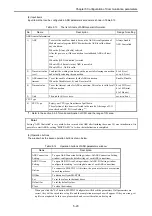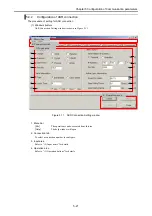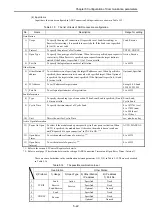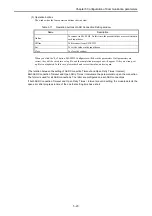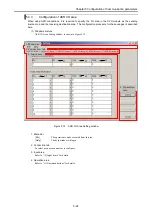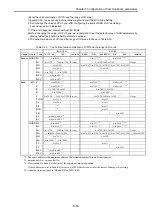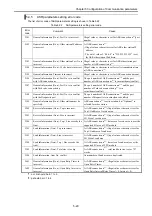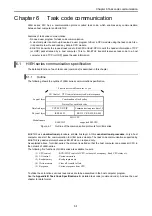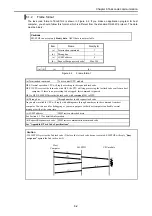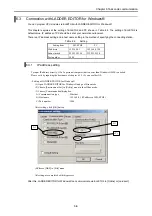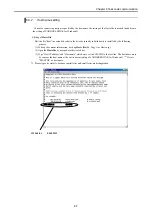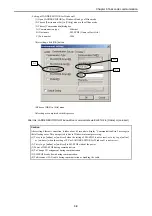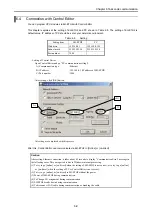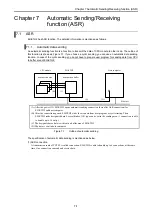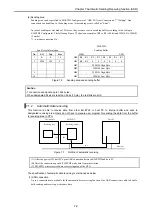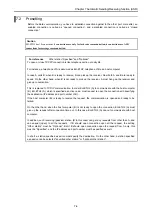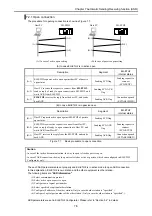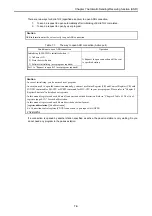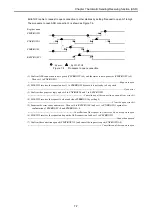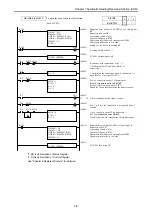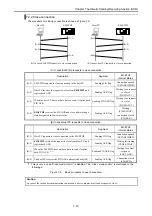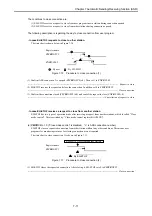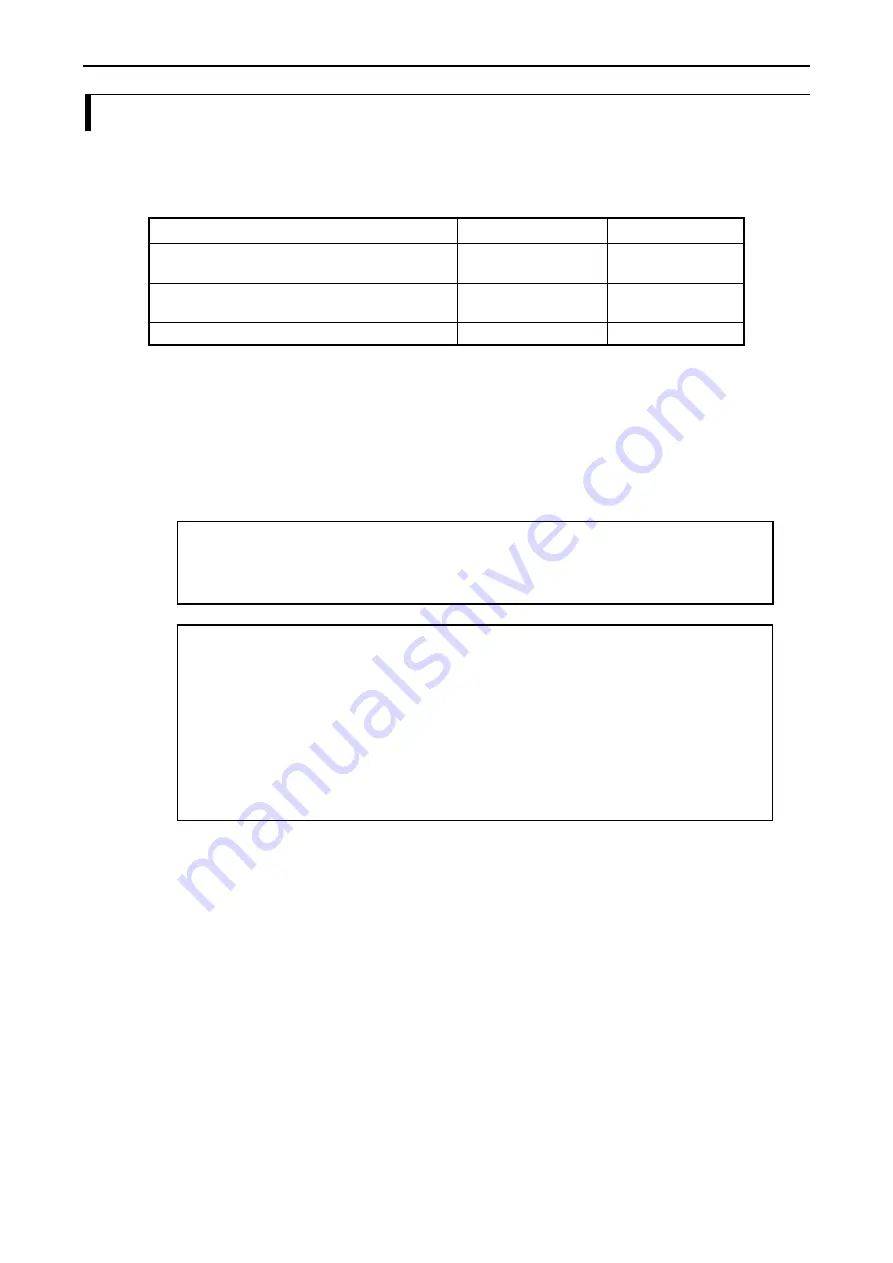
Chapter 6 Task code communication
6.2
Task code port
EH-ETH2 has four logical ports for task code communication.
Task code port supports
TCP
and
UDP
of data link layer. Table 6.3 shows the comparison to use.
Table 6.3
Task code port
Compression Item
TCP
UDP
Open request/ close request procedure
Host side:
Need
EH-ETH2 side: No
Host side:
No
EH-ETH2 side: No
Communication with LADDER Editor for Windows®
or with Control Editor
Possible Not
possible
Reliability of the data in a data link layer level
High
Low
[For host computer programmer]
- When you select TCP
1.Because all task ports are "LISTEN" (passive), you need to open connection before sending task code.
- When you select UDP,
1. UDP protocol does not have high reliability of communication, application program needs to confirm the
response, and control re-sending and packet order.
2. You do not have to open connection before issuing task code.
Caution
- Task code port can not transmit data actively regardless of TCP or UDP protocol.
- Task Code ports may stop responding, when a EH-ETH2 got a problem in network. Please set up a
timeout value for Task Code ports, in order for you to avoid this problem.
Importance
[Action of task code port in case of trouble; cable disconnection]
- When EH-ETH2 detects the communication timeout on task code port, EH-ETH2 sends the TCP packet
which contains the “FIN ACK” flag to the node which connected to EH-ETH2.
- The connection between EH-ETH2 and the node is closed, if the node can send back “ACK” and
“FIN ACK” against the above TCP packet.
- The connection between EH-ETH2 and the node is released by “RST ACK” from EH-ETH2, if the node
cannot send back “ACK” and “FIN ACK” against the above TCP packet.
- After the normal close of the connection on the relevant task code port, the task code port is
communicatble by the request for establishing the connection from other station.
6-5

